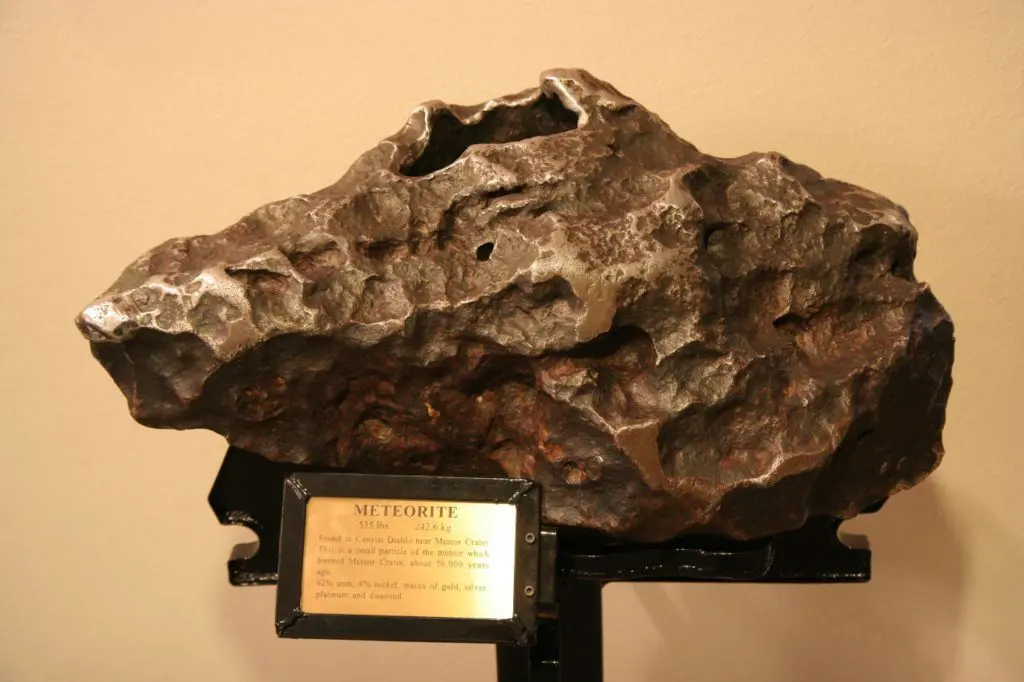The Weekly Reflektion 38/2021
Sometimes you must have enough belief in what you are doing to overcome the obstacles that are put in your way. When your efforts are related to reducing risks and saving lives then you just have to stay the course.

Do you stay the course when you believe you can reduce risk and save lives?
Clair Cameron Patterson spent many years trying to measure minute quantities of lead and uranium isotopes in the earths rocks to determine the age of the earth. From 1948, Patterson together with George Tilton, carried out geological aging of Zircons. Zircons contain no indigenous lead and minute quantities of uranium that decays into lead over time. Measurement of the ratio between uranium and lead give an indication of the age of the earth. While they were carrying out their measurements, they noticed that the analyses always seemed to contain excessive quantities of lead that could not possibly come from the uranium decay. The lead came from industrial pollution and mostly from the use of Tetraethyl lead (TEL) in petrol to prevent engine ‘knocking’. The Reflektion in week 44 in 2019 was based on the inventor of TEL Thomas Midgley Jr. and told the story of the resistance to the emerging information of the health risks of lead in emissions from car exhausts.
Clair Patterson was in the forefront of the campaign to warn of the dangers of lead poisoning and to ban TEL. The company producing TEL, Ethyl Corporation, was owned by General Motors, Standard Oil and DuPont at that time. A Supreme Court judge and the chairman of the National Geographical Society were on the board. Patterson had his research funding withdrawn. He lost contracts with the American Petroleum Institute and the United States Public Health service. Patterson worked at Caltech, and the trustees at Caltech were continually pressured by Ethyl Corporation to get rid of him, including making this a condition for establishing a chair at the university and providing a significant grant.
Patterson never wavered and he contributed to the Clean Air Act that was passed in the US in 1970 and the ban of leaded petrol in the USA in 1986. Within a short time, the levels of lead in the blood of Americans dropped by 80%. Despite the ban there are still industrial processes that lead to emissions of lead, including mining and smelting.
Patterson went on to develop techniques for ice-core samples from Greenland that he used to show the variations of lead in the atmosphere over time. The analyses of these cores not only showed the significant increase in lead from TEL introduction in 1923 but also the expansion of the Roman empire since the Romans used lead extensively in building and water transportation. Patterson also used lead dating techniques to measure the age of meteorites that he correctly assumed were created at the start of the solar system. This gave an accurate measurement of the age of the earth, approximately 4550 million years, which is still considered a reasonable estimatetoday.
So, when you meet resistance to your efforts to reduce risk and improve safety, how do you progress? Do you waiver in the face of adversity or do you stand up for what you believe in?
